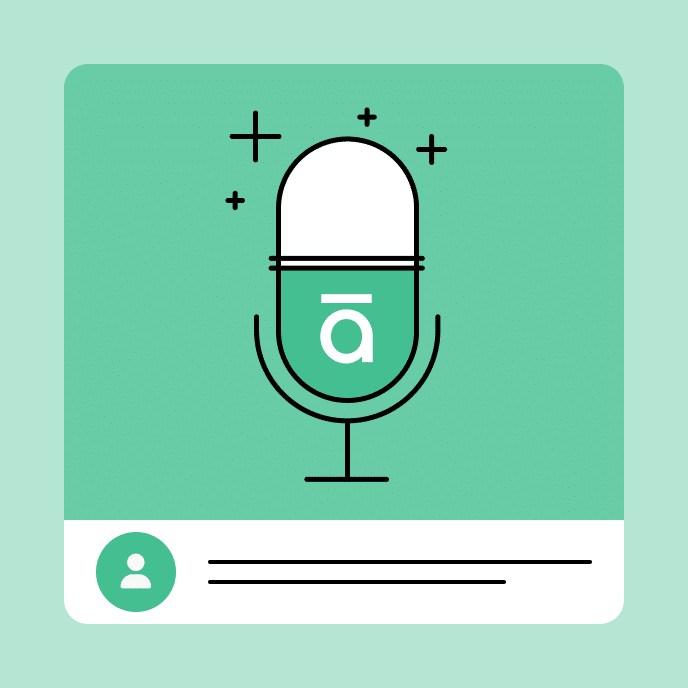How to Create Performance-Focused E-Learning
Avoid the “information dump” trap with these practical tips for creating training to improve performance.

Practical tips to create performance-focused learning
It’s usually assumed that the purpose of the e-learning course is to influence some action like improved performance (or changed behavior). However, most of the courses I see focus mostly on sharing information. The information is important, but it’s just information. There’s no activity to reinforce the performance expectations.
This happens for a number of reasons, but mostly because the focus is on distributing course content and not what’s required to change performance. To avoid this trap:
1. Find the most appropriate intervention
Sometimes, this means you won’t build an e-learning course. For many customers, “training” is the default solution. And your job is to determine if that’s correct. If the learner has the wrong tools or bad management, that may be more the cause of poor performance than lack of training.
2. Identify clear performance objectives
The learners are at X and they need to be at Y. We’ll assume you’ve determined that training is the right answer. What training will help them get there? What will they be able to do after the training? What in the training allows them to practice and demonstrate this?
3. Determine how you’ll measure success
There’s a reason the learner is at X. That was measured somewhere. So when they go through the training, you should use the same metrics to determine the real-world impact of the training. This is what they DID before the training and this is what they’re DOING after the training. And here’s the impact.
4. Determine the appropriate in-course metrics
Keep in mind that there are other factors that may influence performance in the real world that won’t be present in your course. So you can’t always rely on real-world measures for impact. Plus you may never get access to the people who provide those metrics. In that case, your course should contain its own before and after metrics. I recommend doing some sort of pre-assessment (maybe a simple, relevant decision-making scenario). And then compare it to the post-course assessment. You may not be able to show real-world performance improvement, but you can at least state that the learner went from X to Y after the course.
Bringing it all together
Most e-learning courses miss the mark by just dumping info instead of performance improvements. This happens because instructional designers get caught up in content and forget about improving performance. The fix? Focus on clear goals, pick the right approach (which might not even be a course), and track results both in the course and on the job.
You may also like

Translation vs. Localization: What’s the Difference?
Compare the difference between translation vs. localization and find out how to choose the best approach for your global workforce training needs.

